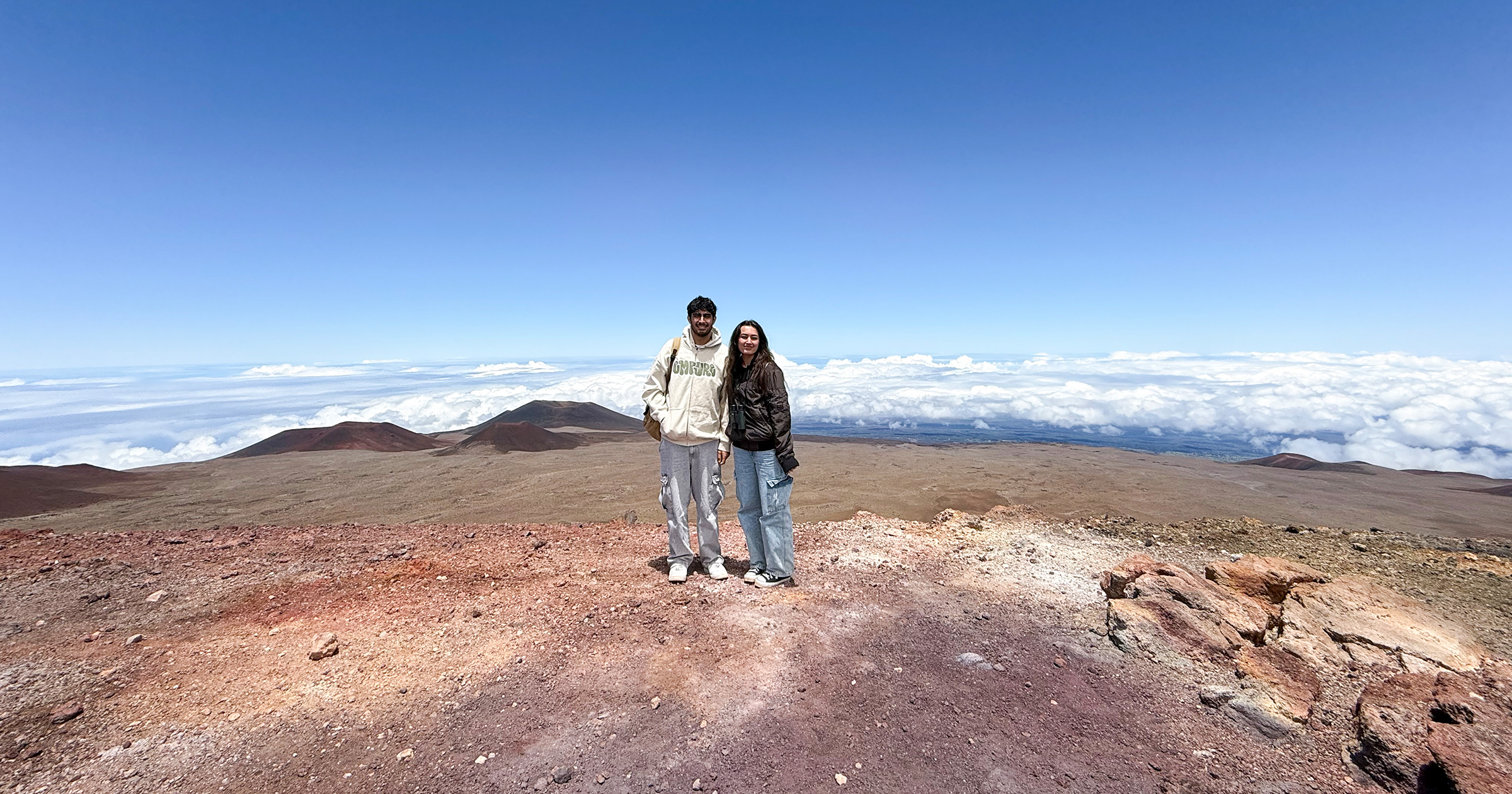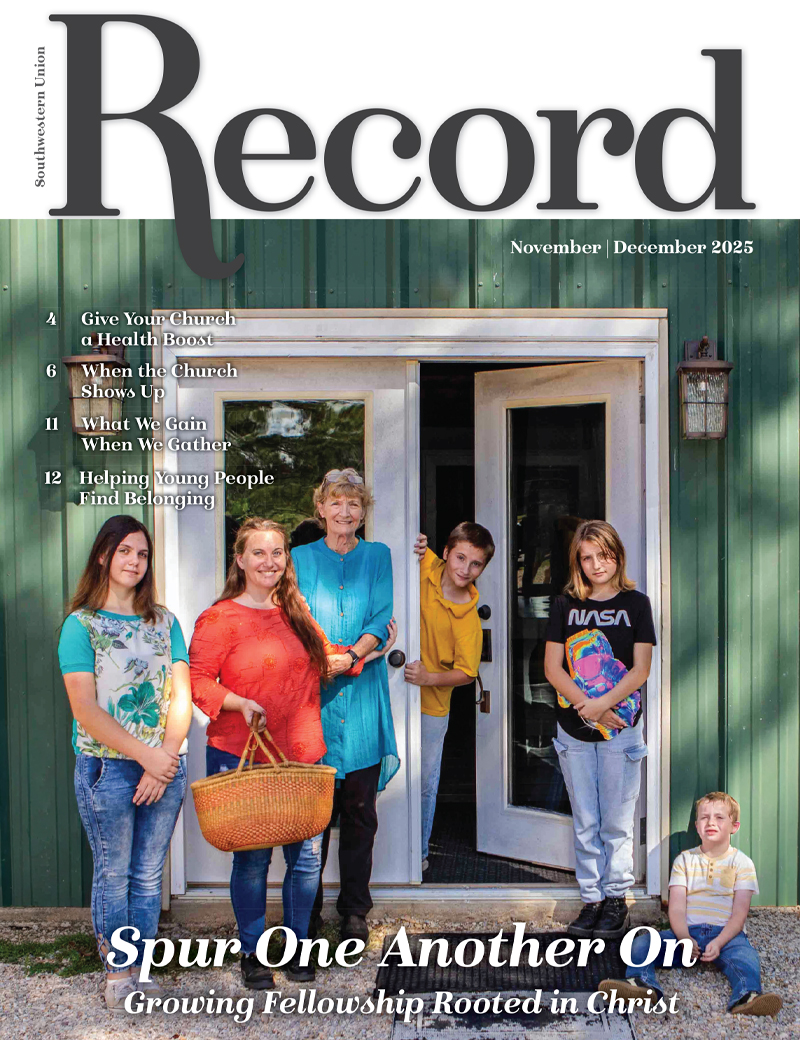SWAU Students Explore Hawaii’s Living Classrooms

HAWAII – In May 2025, a group of Southwestern Adventist University students, guided by biology professor Arthur Schwarz, traveled to Hawaii to study the islands’ unique biodiversity. The goal of the trip was to explore how species arrived and adapted to Hawaii’s isolated environment—a subject the students had previously studied in the classroom.

As one of the most remote island chains in the world, Hawaii offers a natural laboratory for studying endemic species—those found nowhere else—as well as the challenges posed by invasive ones. The Hawaiian Islands, formed by volcanic activity, support ecosystems that are both diverse and delicately balanced.

The students’ primary mission was to examine how these species—descended from small groups of organisms that first arrived on the islands, known as founder populations—managed to survive and adapt in such an isolated environment. By observing a variety of species, students noted the unique adaptations that helped them thrive in Hawaii’s diverse habitats.

In addition to studying native and invasive species, the students explored local conservation efforts, gaining insight into both the successes and ongoing challenges of preserving Hawaii’s endemic life. Their itinerary included the Big Island (Hawaii) and Kauai. The Big Island, shaped by recent volcanic activity, stands in contrast to older, more eroded Kauai, offering students a broad perspective on the islands’ ecological diversity.

Hawaii’s geographic isolation makes it an ideal location for studying how species evolve without outside influence. The students applied their classroom knowledge in the field—exploring habitats, identifying species and observing firsthand how the environment influences biodiversity. Schwarz emphasized the importance of learning species identification in the field, noting that it deepens students’ understanding of ecological relationships.

Beyond the scientific insights, the trip was eye-opening for many students, some of whom had limited travel experience. Hawaii’s unique flora, fauna and cultural history offered a fresh perspective on the interconnectedness of life. The experience echoed the biblical calling found in Genesis 1:26-28 that humans are called to care for creation.
Schwarz has led this trip since 2019, offering students hands-on experiences in one of the world’s most biodiverse regions. The addition of Kauai to the itinerary in 2021 expanded the learning opportunity, providing a richer understanding of varied island ecosystems. Looking ahead, Schwarz plans to continue broadening the experience, exposing students to as many unique habitats as possible.

From snorkeling in coral reefs to hiking around volcanic craters, the Hawaii trip was unforgettable. The students left with a deeper appreciation not only for Hawaii’s biodiversity but also for the importance of conservation. As one student put it, “This trip opened my eyes to how important it is to protect the ecosystems we study. It’s one thing to learn about them in a textbook, but experiencing it firsthand makes all the difference.”
By Coby Federowski
Digital Marketing Manager


